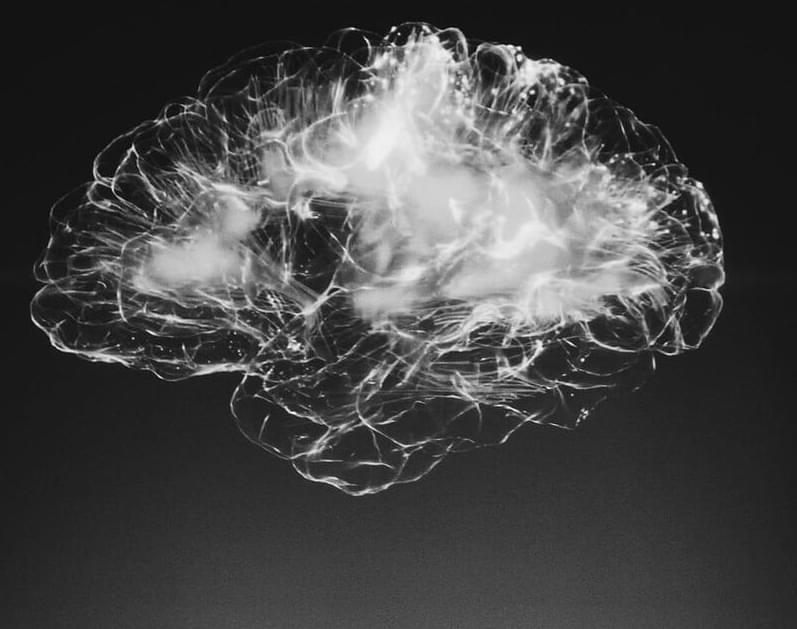Consciousness is a heavy quest that has puzzled philosophers for over two thousand years. Because of its subjectivity and elusiveness, it was not a subject for scientific study until recent decades. With the unprecedented advances of artificial intelligence (AI), in particular, the remarkable performance of large language models (LLM), understanding consciousness becomes pragmatic and pressing beyond the philosophical and academic debates — how can we tell if ChatGPT has consciousness, and how can humankind be prepared if “artificial” consciousness arises in the foreseeable future?
For the last three decades, neuroscientists have made initial strides in theorizing the inner workings of consciousness in human brains based on vast experimental data, as triggered primarily by two factors.
First, the advances in scientific methods have empowered scientists to study the activities of neural cell assemblies in awake-behaving primates and humans. These techniques include brain imaging technologies, neurophysiological recording of hundreds of neurons simultaneously, and neural network modeling propelled by AI.
